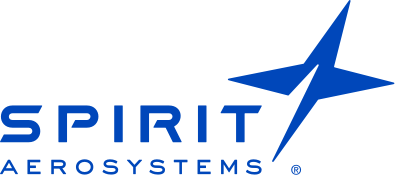Spirit continues to deploy more robotics in our factories. One example of this is what we call “dancing robots.” This group of 10 robots drill more than 500,000 holes that provide acoustic protection for inlets. In a choreographed way, they can drill six small holes every second. We also have our Lynx™ system, which automates optical inspection. It takes a “golden image” of a complex assembly and compares every subsequent part to that image. We have been able to cut escapes and quality misses by more than 90 percent in many processes using this system.

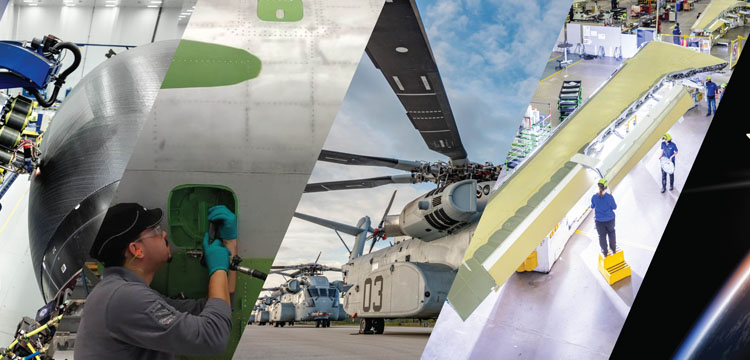
Creating an Engineered Factory in Aerospace
The single most important metric driving Spirit AeroSystems’ unprecedented production rates is the growth in global air traffic. Around the world, air traffic has been growing at 7 percent each year and is projected to continue at that rate for years to come. Still, fewer than 20 percent of people have ever flown on an airplane, and 100 million people in Asia are taking their very first flight every year. Today, there are approximately 26,000 commercial aircraft in service. Over the next 20 years, there is demand for an additional 42,000 more to support fleet renewal and growth.
It’s this demand that is driving record orders. It’s also this demand that is making it increasingly challenging for OEMs and suppliers alike to keep up with production rates. This unprecedented growth in commercial aerospace creates an imperative to integrate engineered factory technologies to meet demand while maintaining the highest levels of safety and quality.
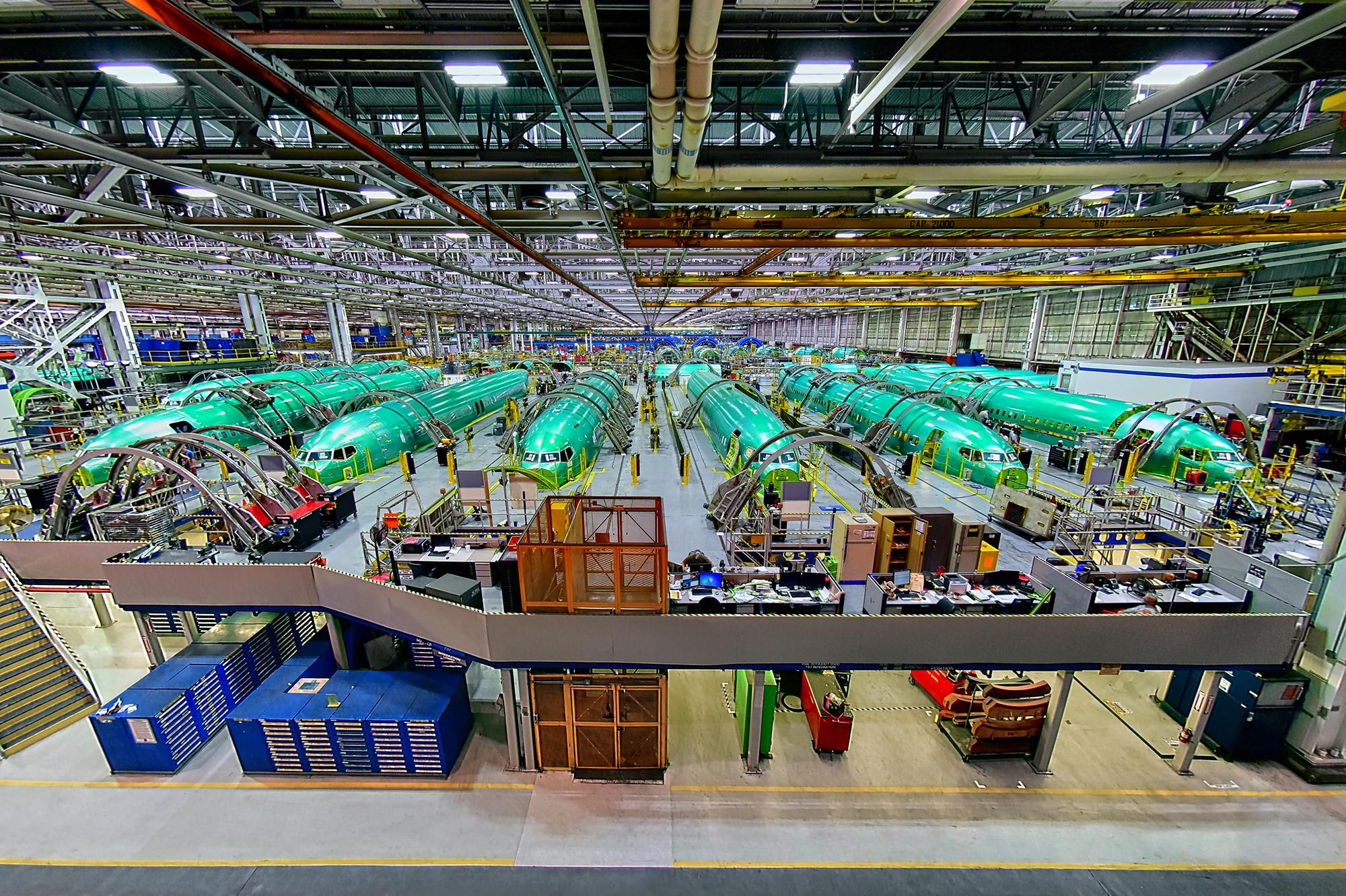
Below are some examples of how Spirit is deploying advanced manufacturing and digital tools into our factories to meet the incredible demand we have in the global aerospace industry.
Additive Manufacturing
At Spirit, we’re focused on printing near-net shapes of titanium using a technology called Rapid Plasma Deposition™, which has been developed with our partner Norsk Titanium. We lay down thick beads of liquid titanium in an argon environment into a shape near what we need for the final part. That then gets machined to the near-net shape final dimensions. To drive even more productivity, we nest multiple parts together and print them at the same time then machine the pieces separately. The advantage of printing near-net shapes and then machining final parts is a reduction in the buy-to-fly ratio.
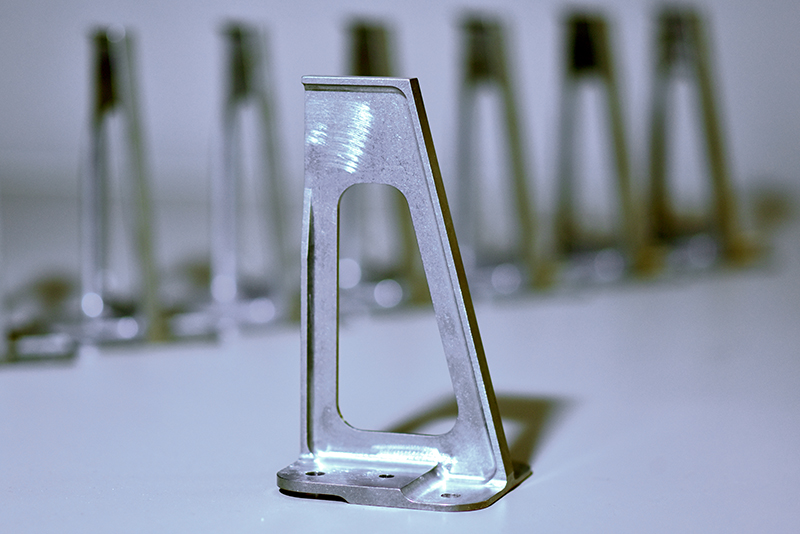
Virtual Reality
Another tool we use in our factories is virtual reality. With virtual reality (VR), we can simulate digitally what a new production process will look like – all before ever developing or installing equipment and tooling. We’ve used virtual reality to simulate a new automated resin transfer molding process for wing components in our Prestwick, Scotland, factory, which helped us optimize the layout of new capital equipment to maximize throughput. At our Kinston, NC, factory, which manufactures fuselage components, we used VR to simulate a new material handling system and worked out bugs such as poles that were interfering with the production flow before installing it.
Automation
We have begun automating more assembly tasks that require drilling and installing fasteners. These assemblies are highly complex with hundreds of different parts and holes in dozens of configurations. For one of our products, the current floor beam production process has a cycle time of 84 hours, uses 59 workers on 14,000 square feet and holds work in process (WIP) inventory of 560 beams. The new, automated process will have a cycle time of only 1.5 hours – a 95 percent reduction – and use only 39 workers and require just 94 beams in WIP. The automated process also incorporates in-line inspection to eliminate product defects.
Robotics
These are just a few examples of how Spirit uses digital tools in our factories. It’s taken a while for these tools and others like them to find meaningful applications in industrial factories, but they have matured now to the point where they are driving huge levels of improvements – even on products we have been making for more than 50 years. The engineered factory is creating yet another sharp bend in the manufacturing learning curve.
